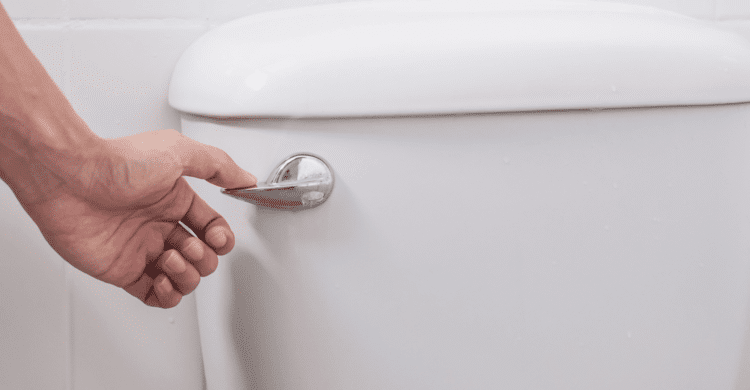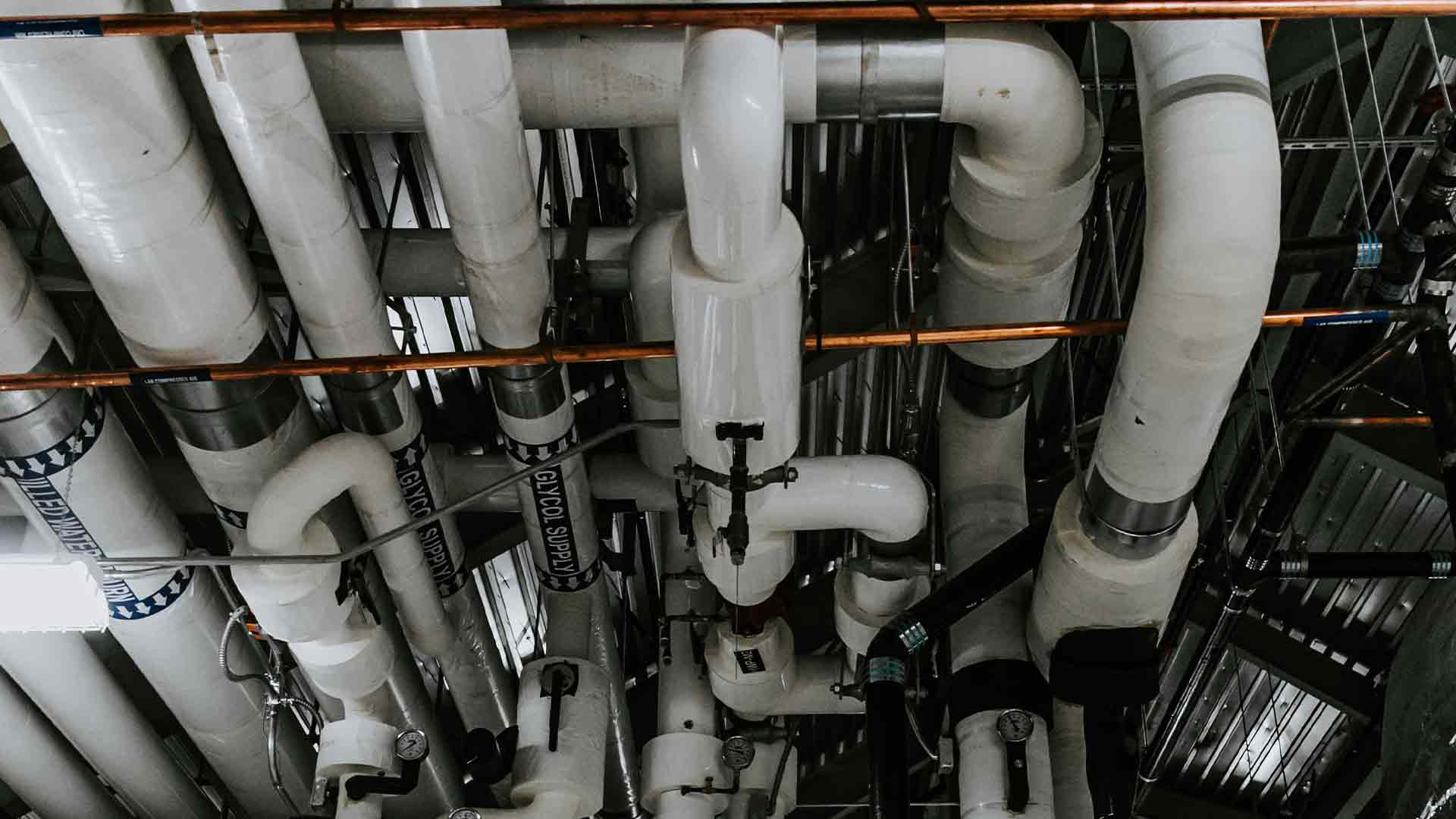
Why is my Toilet Flushing Slowly?
When a toilet starts acting up, you quickly realize how convenient modern conveniences really are – and then you start wondering what’s happening, why it’s happening, and what it will take to fix it. The good news is that slow-flushing toilets are often easily corrected. And it’s something you can do on your own. However, even if it becomes a major issue, it is also something that a plumber can correct and get you back to taking all those flushes for granted.
With that in mind, let’s answer the question: Why is my toilet flushing slowly? How can you fix it? And is there anything you can do to prevent it in the first place?
Common slow flush causes – and cures
These culprits are usually at fault when your toilet begins to flush slowly…
Low water level
This is the most common cause of slow flushing. If there is not enough water in the toilet’s holding tank, the flushing power of the toilet will be severely diminished. Properly working plumbing is all about water pressure. And if the tank is not filling up all the way, the water pressure in your toilet will be decreased – and thus, it will struggle to push whatever is in the bowl down the drain.
If your tank is not filling all the way, check to see what type of fill valve – also known as a ballcock – your toilet has in its tank and adjust it so that it is allowing the requisite amount of water (the tank should have a fill line marked on it).
You are likely to have one of these types of fill valves:
- Plunger/Piston ballcock
- Diaphragm ballcock
- Float-cup fill valve
- Internal float fill valve
- Floatless/Pressure activated fill valve
And here’s how to adjust each type of fill valve:
Plunger/Piston ballcock
Bend the float rod up to increase the water level. NOTE: The water level must sit below the top of the tank’s overflow tube; gently bend the rod until you achieve the desired result.
Diaphragm ballcock
Instead of bending anything, you will need a screwdriver to adjust the rod and ball. Locate the adjustment screw on top of the valve (it will be obvious). Turn the screw counterclockwise to raise the water level.
Float-cup fill valve
This type of valve often features a plastic screw that raises or lower the float by turning the screw. Otherwise, slide the float down on the actuating rod to lower the water level. To raise the water level, slide the float up on the rod.
Internal float fill valve
Unlock the valve by twisting the top head. Then raise the level of the water in the tank by raising the entire head of the fill valve. Make sure to twist the top head back into place when finished.
Floatless/Pressure activated fill valve
Locate the adjustment screw and turn it clockwise to raise the water level.
Flapper/flush valve malfunction
While we’re talking about the toilet tank, this is another potential issue. The flapper and flush valve release the water from the tank into the bowl. The flapper is a rubber stopper or ball that seals off the opening to the toilet bowl. The flush valve is usually attached to the flapper by a chain; when you push down on the toilet handle, it opens the flapper and releases the water in the tank into the bowl.
Sometimes the chain attached to the valve can get trapped or stuck, so you may be able to fix this issue relatively easily. We’ve also seen occasions where the chain attached between the valve and flapper is too long so that it gets caught underneath the flapper – preventing it from properly sealing. Check all of these apparatuses and make sure they are in good working order.
Partially clogged drain
Any number of things can clog your toilet – whether it’s stuff that’s supposed to go in the toilet (human waste, toilet paper) or not (kids’ toys, hair, etc.). The point is that any of those things may cause a clog. And a clogged toilet will either flush slowly or not at all (it could even back up and overflow – yuck!). If you suspect a partial clog, first try a plunger. If this doesn’t work, try a drain snake. However, if the thought of snaking your toilet drain worries you – or that does not clear the blockage – it is best to call in a professional plumber and let them handle the issue.
Mineral build-up/blockage
The water that leaves the toilet tank via the flush valve enters the bowl via small holes on the underside of the bowl rim. These holes are tiny. And because of this, they can occasionally become clogged by minerals (calcium, magnesium, etc.) that are often present in the water – especially if you have “hard” water.
If you suspect your jets are clogged, clean them with distilled white vinegar and a stiff-bristle toilet brush.
Blocked drain vent
All plumbing lines require vents – remember we mentioned water pressure? Well, those vents help maintain even pressure by allowing needed air inside the pipes. These vents also release gasses (otherwise, they would build up and release inside your home!). If clogged, the vent can reduce the flushing power of a toilet.
These vents usually release on your roof. But beware, they can be hard to locate, and if you do not know what you’re looking for, you could do more harm than good. Therefore, it is best to call a plumber if you suspect this is an issue. The good news is that these clogs are rare.
How best to avoid issues
If you want to do everything you can to avoid these issues, familiarize yourself with these practices and products.
Use milder household products to clean the toilet
Chemical cleaners can cause as many problems as they solve. Meanwhile, lemon juice, dishwashing liquid, baking soda, or vinegar do just as good a job killing bacteria and viruses and don’t break down your toilet or its plumbing.
Soap and hot water
It may not sound as tough as a chemical drain fix, but using dish soap and hot water can act just as effectively at cleaning a clog – and it won’t do any damage to your plumbing in the process (as checmicals can do, especially to older plumbing).
Get to know your toilet paper
We’re not telling you to install a bidet or use paper that does not feel good, but just know that using a lot of toilet paper in one sitting can do much to clog your toilet. So, be judicious as well as clean.
Follow these rules and the steps above, and you give yourself a great chance at staying clog-free, as well as avoiding slow flushing issues. However, if you do experience any toilet problems, know that the pros at Conditioned Air Systems are here to help.
That may seem unusual from a company that has built a four-decade reputation on supplying the best in HVAC – but it’s really not that different. In fact, beginning in 2022, Conditioned Air brought on board plumbing master John Payne, founder of Payne Plumbing, to lead and develop our plumbing division. His work and expertise allow us to offer the same full range of expertise, customer service, and flexibility that you have come to expect from Conditioned Air’s HVAC services.
Payne, a north Georgia native, grew up in the plumbing industry and obtained his unrestricted master plumbing license over 25 years ago. He founded Payne Plumbing shortly thereafter. Thanks to John’s guidance, we will happily tackle any job, no matter the size or situation. And you can expect our plumbers to:
- Arrive on time
- Install it or repair it right, the first time
- Give you a fixed price with no hidden surprises
- Be friendly and professional
Just like our HVAC services, we offer 24/7 and emergency plumbing services to attend to your every need.
So, if you find yourself battling a slow-flushing toilet, please contact us right away at 770-536-7509 and let us get your toilet running the right way again.
Meeting Your Plumbing Needs

